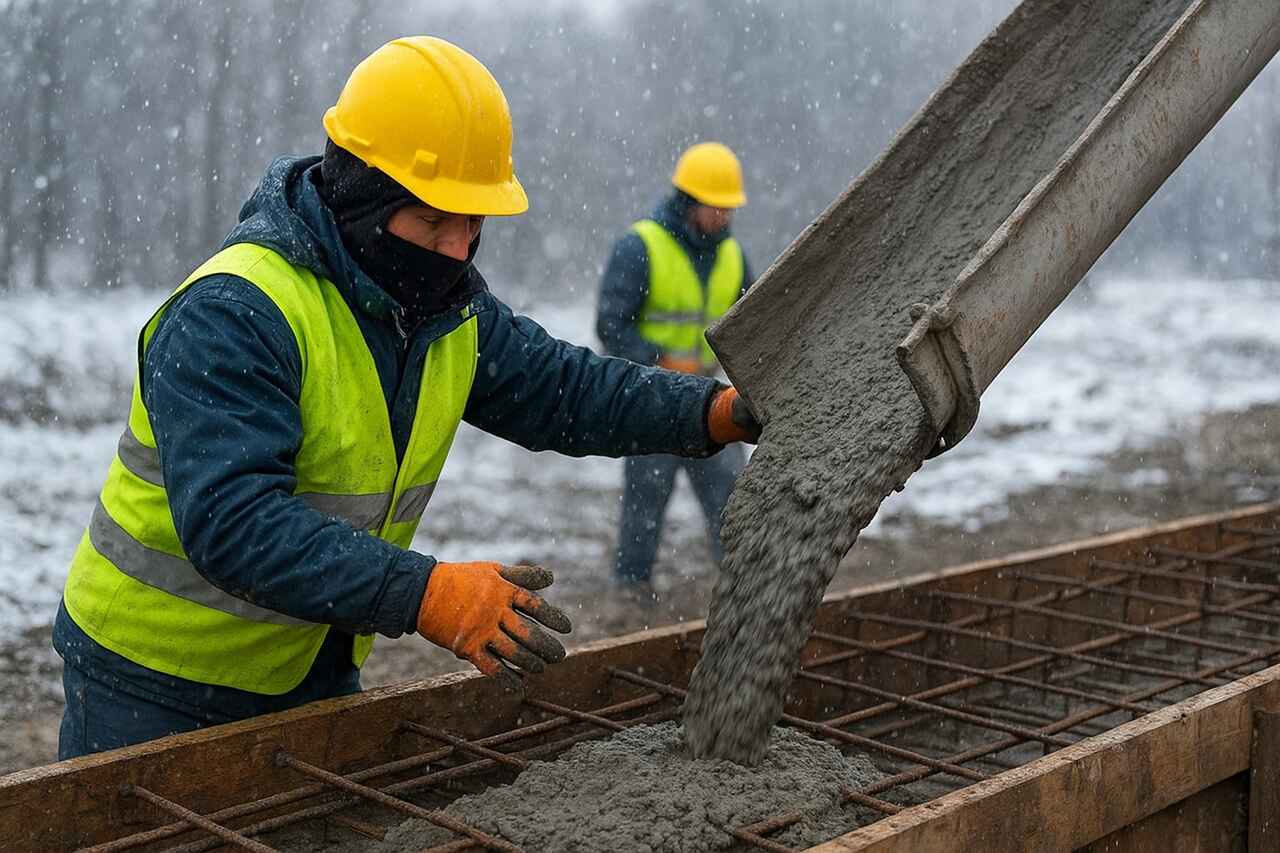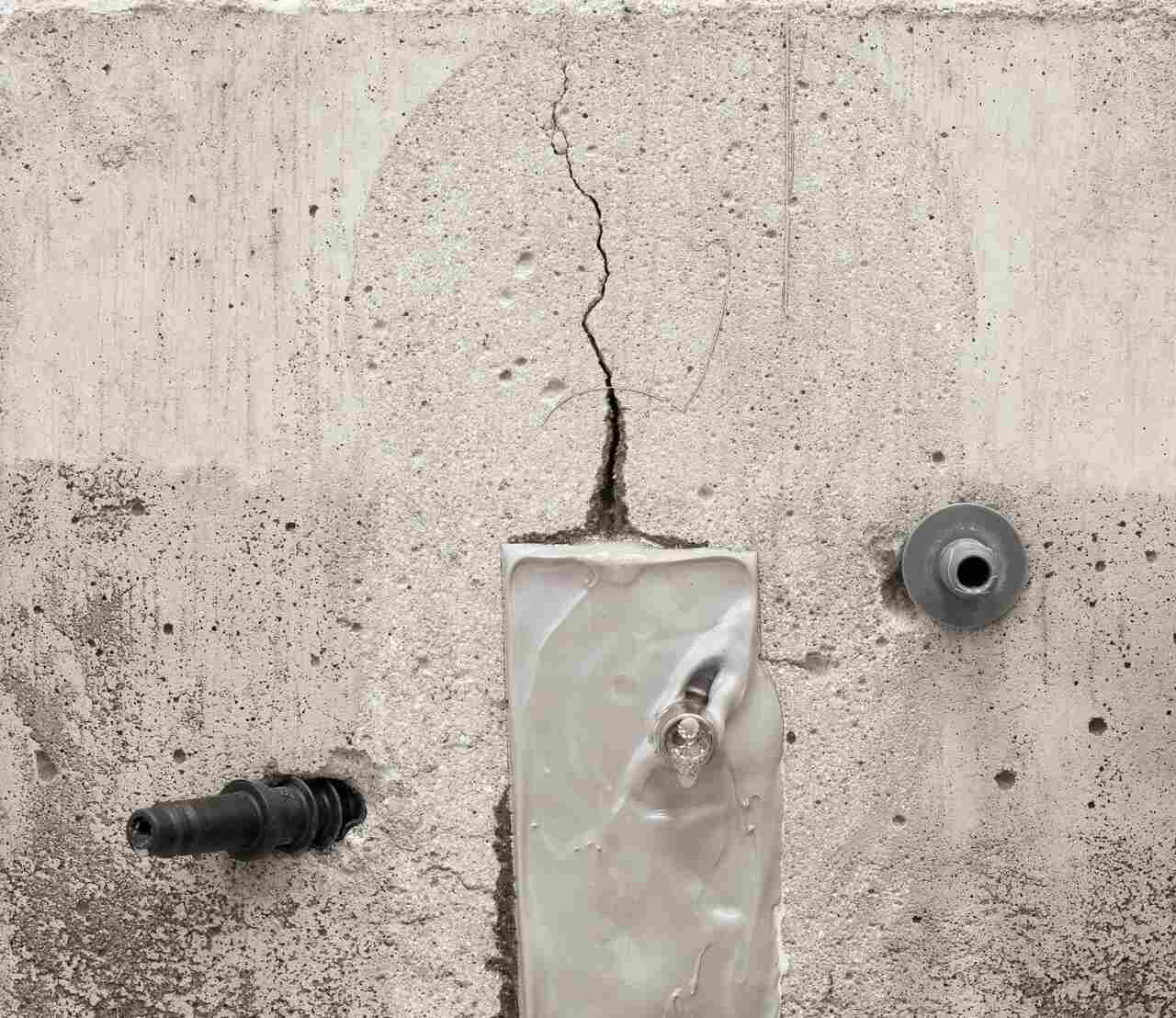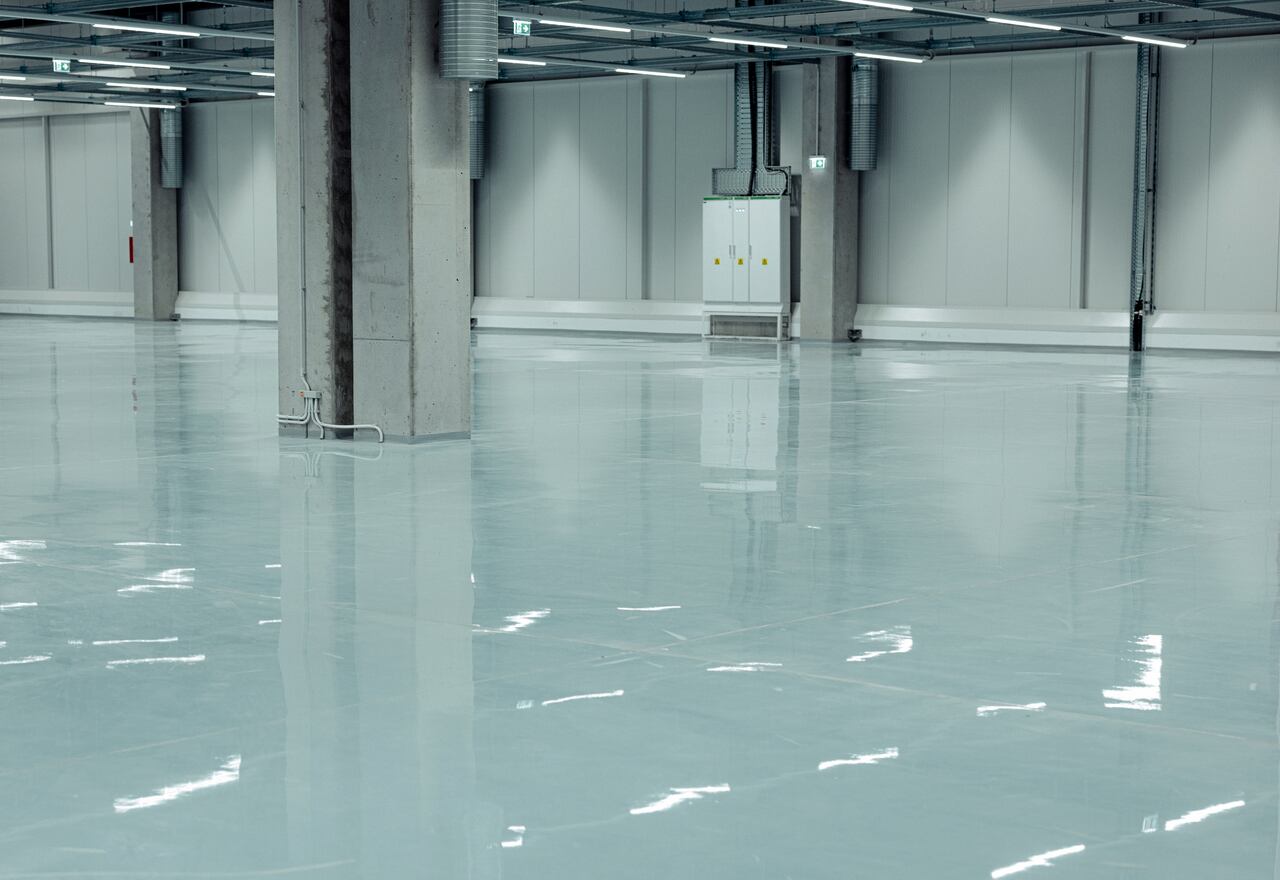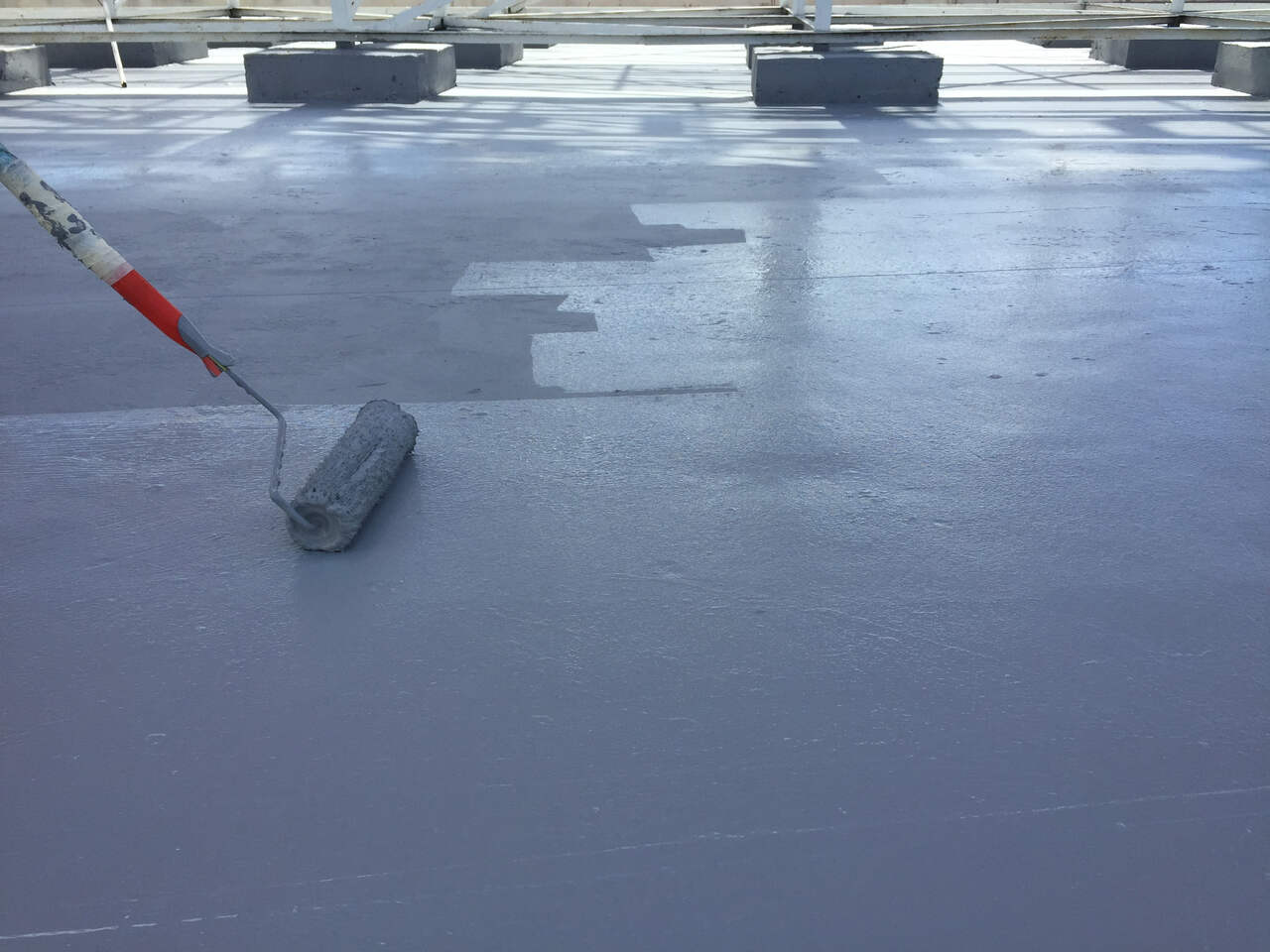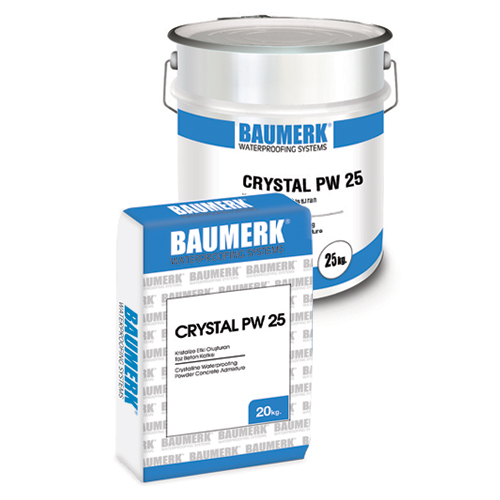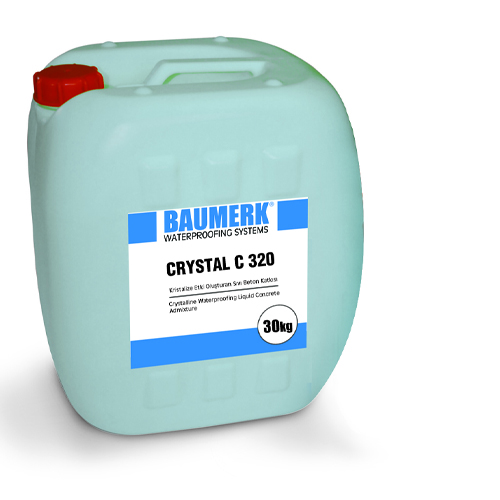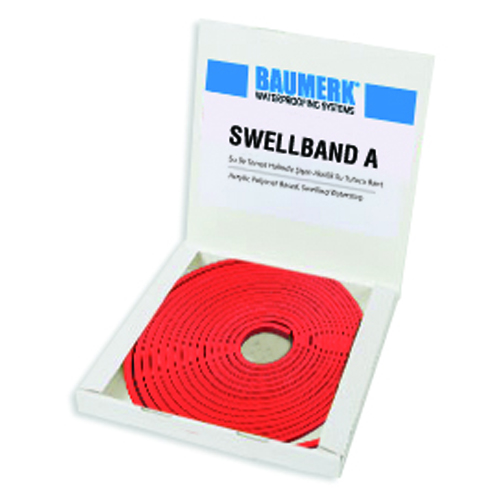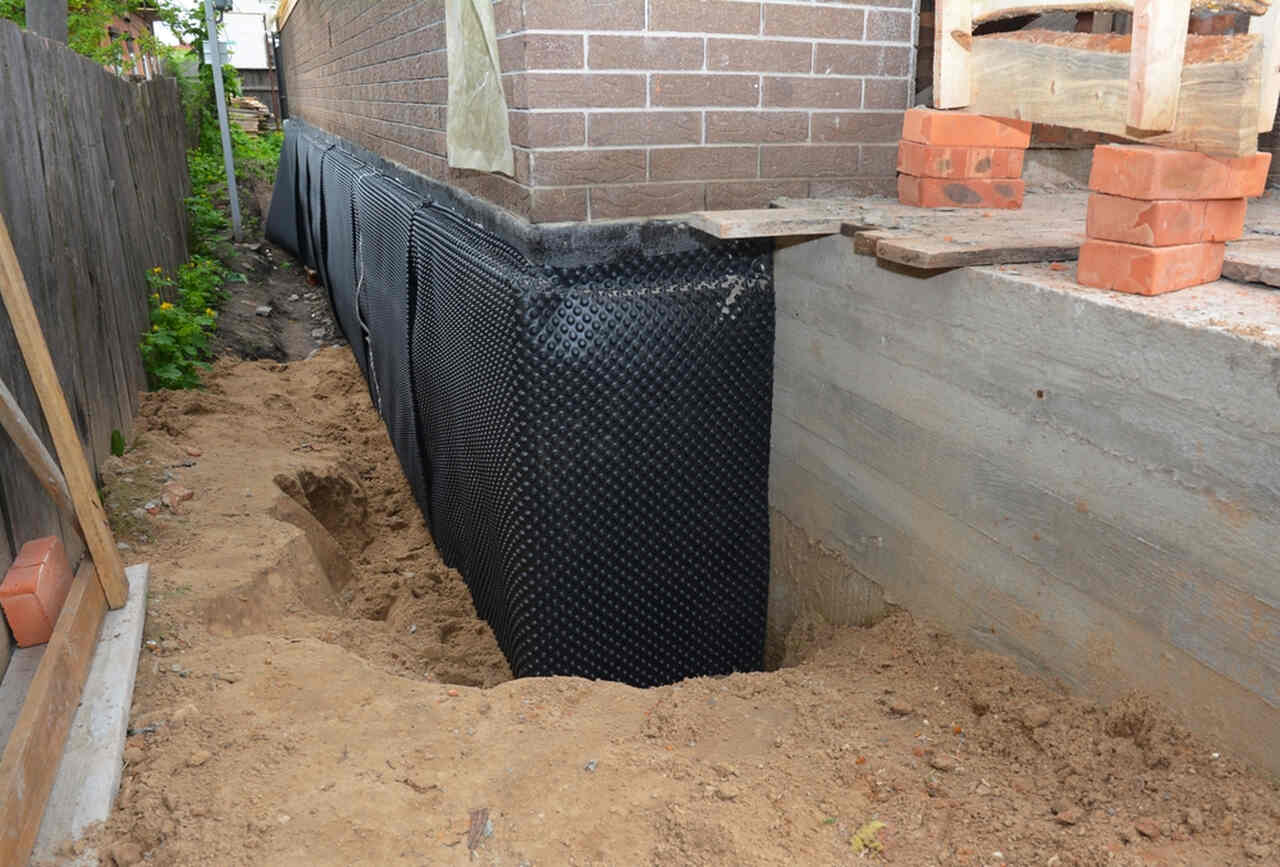
The construction sector is one of the locomotive sectors of the world economy. Every year, millions of square meters of new construction structures, buildings, bridges, and roads are built; old structures are repaired or demolished and rebuilt to build new ones. Foundation waterproofing is an indispensable element for the longevity of these constructed structures...
In order for a building to be ready for occupancy or a highway to be put into service safely, there must be a robust, durable, long-lasting, and continuously operating system in the background. For this system to continue without interruption and to provide a safe service to its users, quality, the right product, application, waterproofing, and workmanship are essential.
So what is this foundation waterproofing? In this content we have prepared as Baumerk, construction chemicals specialist, we will answer the question of what is foundation waterproofing by giving the answer step by step.
Importance of Foundation Waterproofing
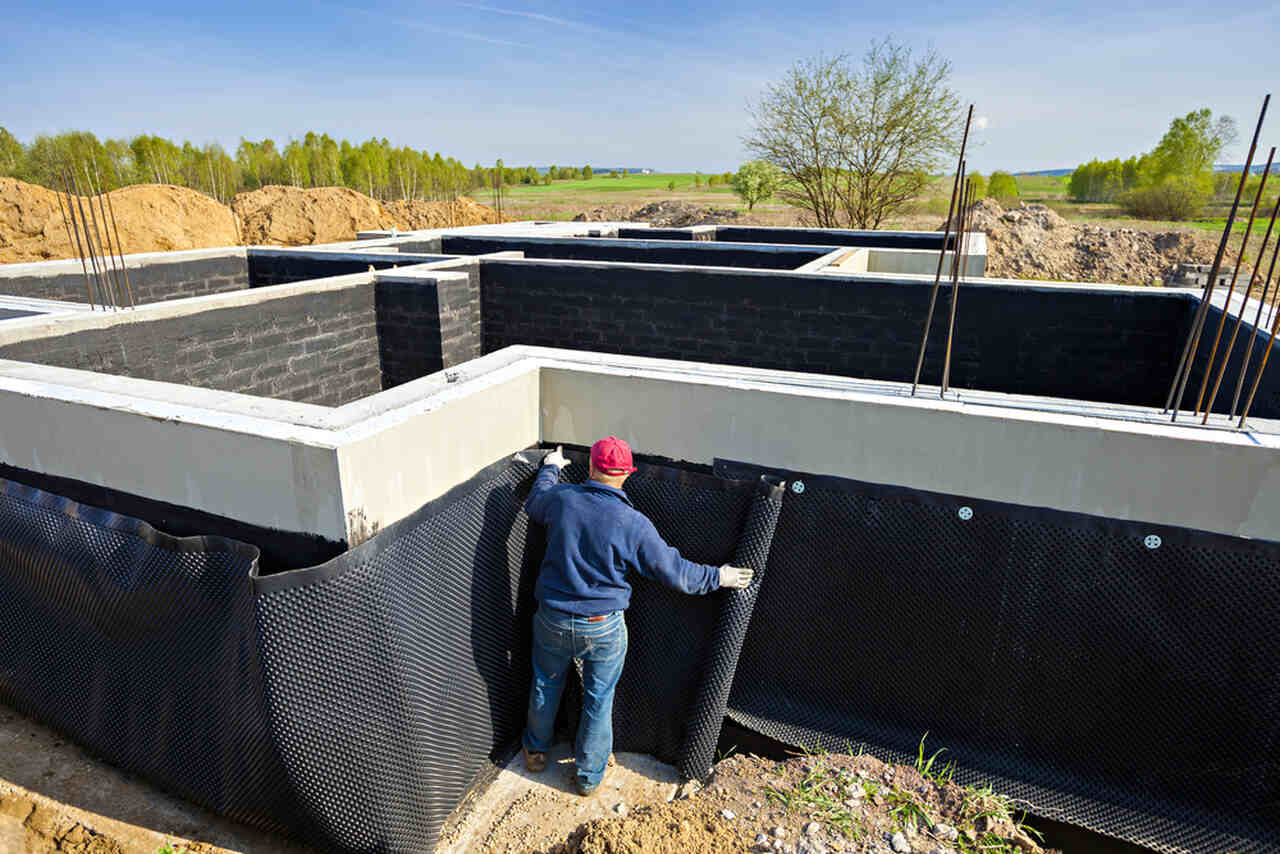
After the pre-installation feasibility study of a building is completed, the engineering design part begins. The building starts to be constructed under the guidance of engineers and architects.
Perfectly completed foundation waterproofing is of critical importance for the structure to be robust, self-supporting, and resistant to environmental and climatic conditions. Because foundation waterproofing, one of the sine qua non of the construction industry, prevents water contacting the buildings from inside and outside from causing loss of performance.
1. Durability
When concrete is exposed to water, it begins to crack and deteriorate over time. Water penetrates into the concrete and when exposed to the freeze-thaw cycle, cracks form in the concrete. This reduces the durability of concrete and jeopardizes structural integrity. Waterproofing increases the durability of concrete by minimizing its interaction with water.
2. Prevention of Fungus and Mold Growth
Humid environments create an ideal environment for the growth of fungi and mold. Water leaks in building foundations can cause moisture to accumulate in the lower layers of the building and cause unwanted microorganisms to multiply. Waterproofing helps prevent this moisture, protecting indoor air quality and providing a healthy living environment.
3. Prevent Structural Damage
Water can corrode building materials over time. In particular, ferrous building elements begin to rust when they come into contact with water. Rusting causes the volume of iron to increase, causing damage to the surrounding concrete. cracking. This can lead to structural damage to the foundation. Waterproofing protects structural integrity by preventing such chemical interactions.
4. Thermal Insulation and Energy Efficiency
Foundation waterproofing also contributes to energy efficiency by increasing thermal insulation. Keeping moisture under control reduces heat transfer and maintains the temperature balance inside the building. This reduces energy costs and saves building owners money in the long term.
To learn more about the importance of waterproofing in buildings, you can take a look at our content titled Why Structural Waterproofing Is Essential?
Material Selection for Foundation Waterproofing
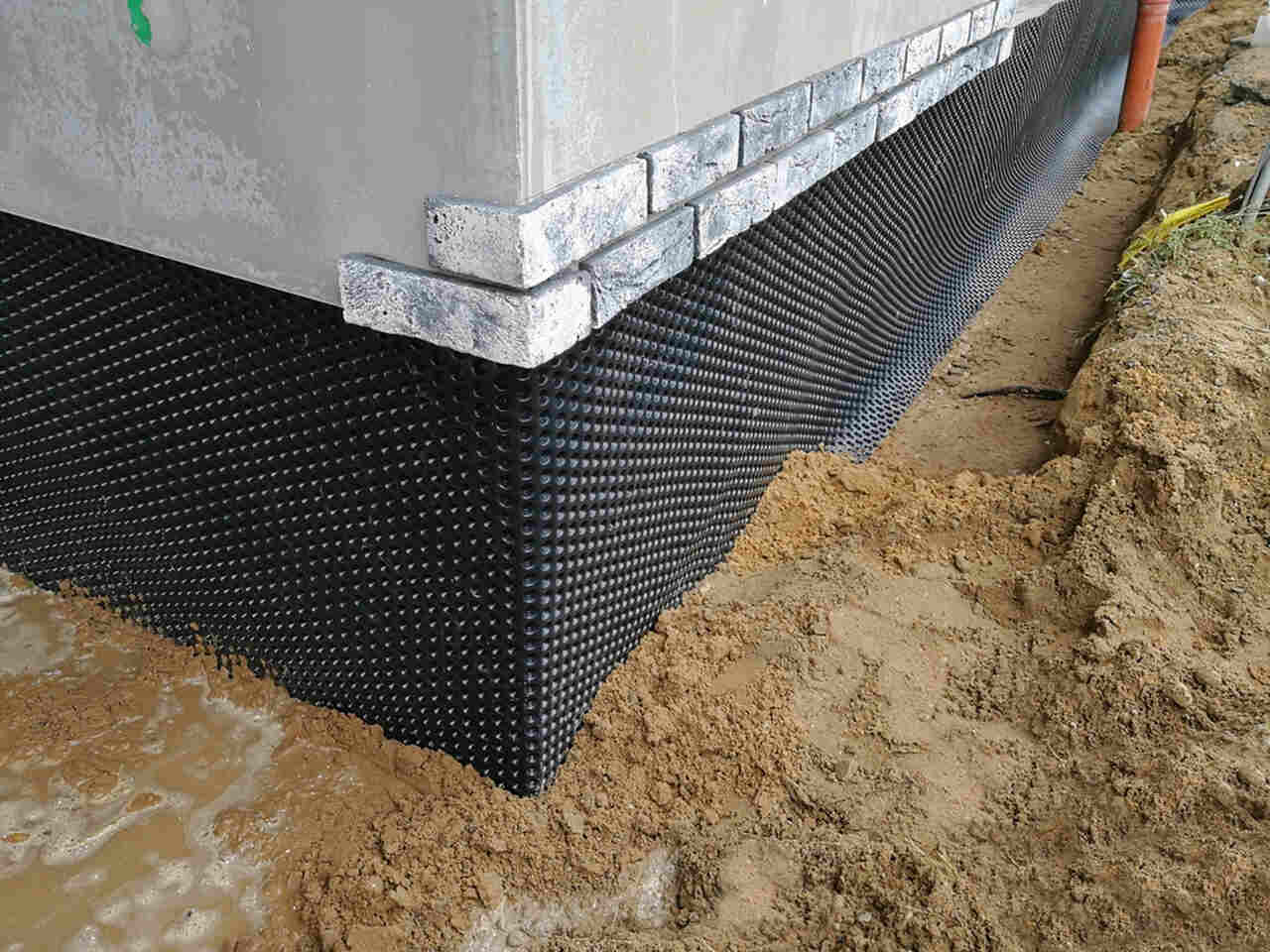
If you are thinking about which materials should be chosen for foundation waterproofing, first of all, it is worth noting that the material to be chosen for each application area is different. There are different materials for the foundation, different materials for the roof, different materials for highways, and different materials and applications for pool construction.
In short, to obtain a safe and robust structure, both the construction chemicals material and the application must be correct and of high quality. Therefore, with quality waterproofing membranes and skillful workmanship, the basic waterproofing of buildings is carried out healthily and has a long life.
How to Waterproof the Foundation?
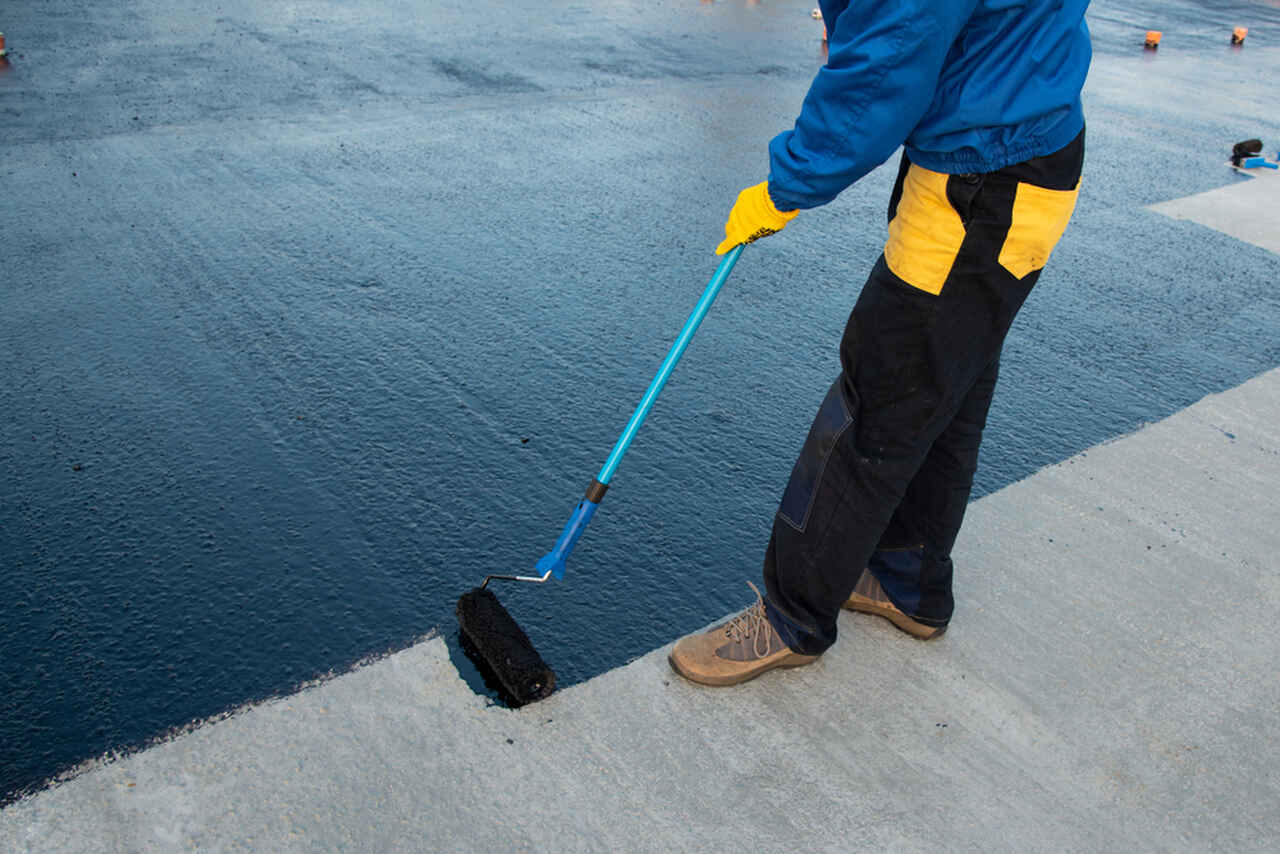
We talked about basic waterproofing in construction and material selection for foundation waterproofing applications. So how is basic waterproofing done? The preparation of the application surface is also very important for the correct application of foundation waterproofing. Surface preparations must be completed before application.
Let's answer the question of how to make basic waterproofing step by step!
1. Preparation
The first step is to clean and level the foundation surface to be insulated. It is necessary to remove any dust from the foundation surface.
If the foundation has cracks, holes, or other damage, it is also important to repair them. This step ensures that the foundation surface is properly prepared for insulation.
2. Selection of Waterproofing Material
The materials used for foundation waterproofing include liquid membranes, bitumen-based materials, and polymer-based membranes. The material to be used should be selected depending on the type of foundation, climatic conditions, and building use.
In addition to these materials, concrete admixtures with crystallizing effects also play an important role in foundation insulation. Concrete admixtures with crystallizing effect, like, CRYSTAL C 320 and CRYSTAL PW 25 form crystalline fibers within the voids of the concrete, which ensures that the concrete remains permanently waterproof, thus providing superior foundation waterproofing.
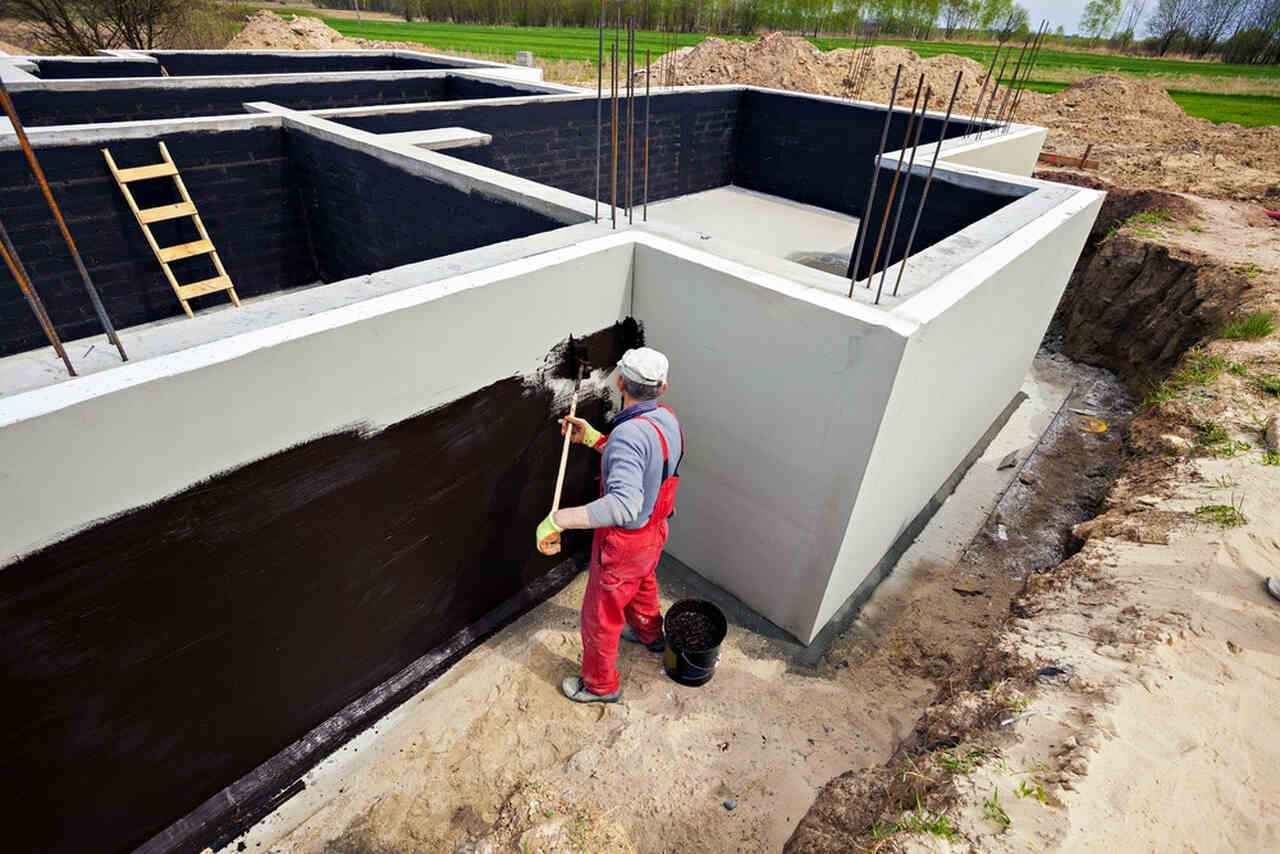
3. Application of Waterproofing Material
Before applying the waterproofing material, the surface must be completely dry. Waterproofing material applied on a wet surface will not be effective.
The waterproofing material you choose for your project must be prepared following the manufacturer's recommendations and applied to the foundation surface.
4. Reinforcement of Connection Points and Joints
Special care must be taken to prevent water leaks in sensitive areas such as pipe penetrations in the foundation, column joints, shear walls, and foundation joints.
Reinforce the waterproofing at these points by applying extra material or using special tapes such as SWELLBAND A.
5. Floor Drainage
Floor drainage is also important to increase the effectiveness of foundation waterproofing. A proper drainage system should be installed around the foundation to remove rainwater. This prevents water from accumulating around the foundation.
At this point, you can get more detailed information by reading our content titled What Is Drainage? How To Install Drainage?
6. Drying and Control of Insulation
It is important to ensure that the insulation material is completely dry. Drying time may vary depending on the type of material and environmental conditions. After making sure that the insulation is dry, regular inspection and maintenance should be carried out against water leaks.
In addition to all these steps, it is also worth noting that foundation bundling is also very important when waterproofing the foundation. So, what is foundation bundling?
What is Basement Tanking and How is It Done?
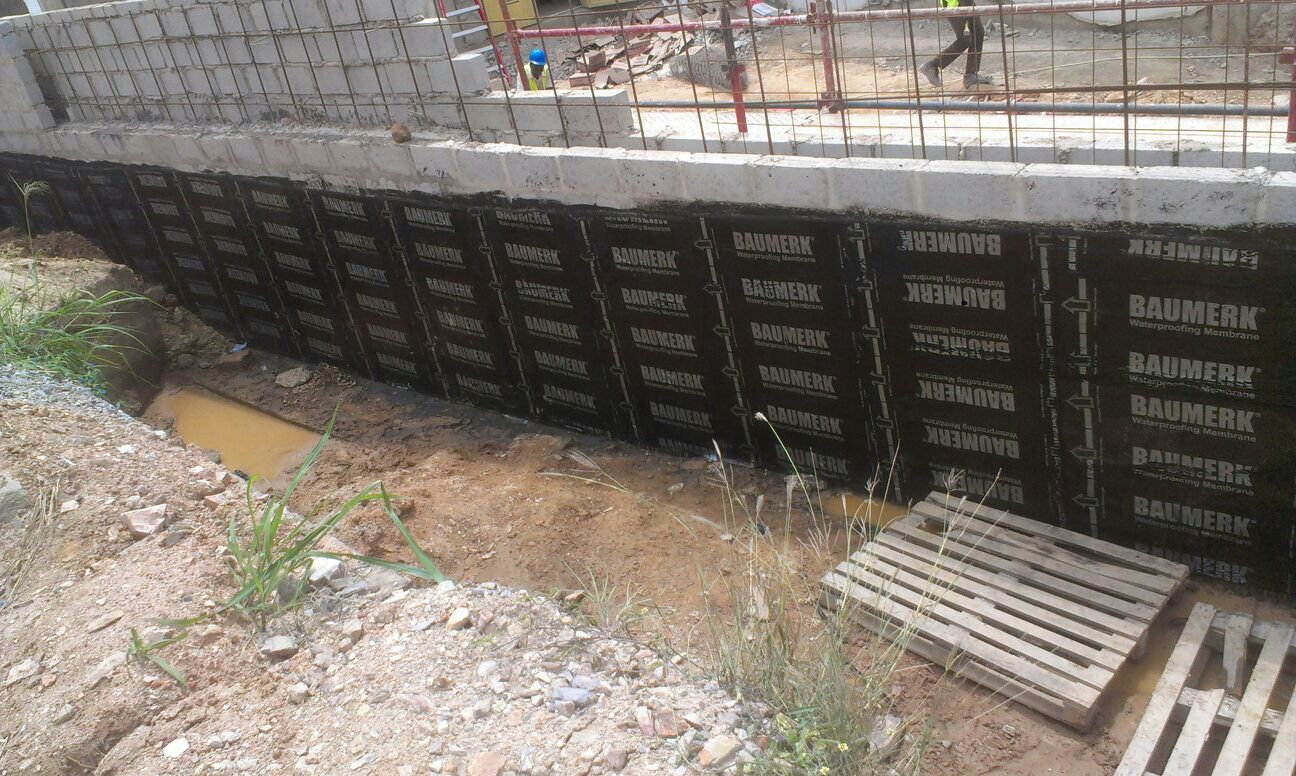
Basement tanking is a process of applying waterproofing to every point of the foundation walls in contact with the soil. This process is carried out to prevent water leaks from the foundation walls, to prevent groundwater from damaging the foundation wall, and to increase the durability of the building foundation.
Basement tanking is an important practice to increase the durability and lifespan of the structure. When the foundation comes into contact with water, cracks form in the concrete, and freeze-thaw cycles reduce the strength of the concrete. Basement tanking prevents these problems and protects the robustness of the structure.
Basement tanking is applied during the construction of the foundation with polymer bituminous covers. Effective insulation is provided by applying insulation material to the floor and curtain walls in contact with the soil before pouring the foundation concrete. The following steps are followed for basement tanking:
-
Preparation of the foundation: Before starting basement tanking, the foundation must be clean and dry. Any dirt, dust, or mud on the foundation should be removed. Also, any cracks or gaps in the foundation should be repaired.
-
Preparation of the insulation material: The insulation material to be used for basement tanking should be of good quality and robust. Materials such as membranes, bituminous covers, or waterproof concrete can be used.
-
Application of the sealing material: Basement tanking is applied to the outer surface of the foundation. The sealing material should be applied so that it covers the entire surface of the foundation. Corners and transitions should be made carefully.
In summary, structures that are not protected from the destructive effects of contact with water by basic waterproofing experience loss of performance, and in the future, the metals corroded by water reaching the metals in the structure cause irreversible losses.
Therefore, in addition to choosing the right and high-quality material, we should state that the correct application is also important in terms of basic waterproofing. If the basic waterproofing of the building is incomplete or defective due to workmanship and application, it will mean both material and moral losses.
You can take a look at Baumerk products for your basic waterproofing needs in your building projects, and you can get the most accurate results in your projects by contacting its expert staff.
